Fallen Australian remembered 80 years on from the Great Escape
A young Australian has been remembered for his role in the escape of 76 prisoners of war from Germany’s Stalag Luft III camp, 80 years after the breakout known as ‘the Great Escape’
READING LEVEL: RED
In the years after World War II, a letter arrived for the grieving mother of James Catanach, one of Australia’s most promising young airmen who sadly lost his life to Nazis as a prisoner of war.
The letter was from the sister of one of the Gestapo men – Hitler’s feared secret police – who had executed James and 49 other prisoners of war after they escaped the Stalag Luft III camp for captured airmen.
The letter-writer, Elly Koester, was begging forgiveness for her Gestapo brother Hans Kaehler, in the hope it might help him avoid the death penalty after he was found guilty at a war-crimes trial for his role in the execution. She claimed her brother was ordered to take part and had tried to avoid being involved.

“My grandparents did not respond to that letter,” said Amanda Catanach, James’ great-niece. The family, owners of the famous Melbourne jewellery company Catanach’s, were just too distraught – and understandably so.
The executions were part of a horrible and elaborate lie carried out on the personal orders of Adolf Hitler and senior Nazis, who were angry that such a daring mass escape had happened under their guards’ noses at the Stalag Luft III camp – a camp specifically for airmen that was meant to be inescapable.
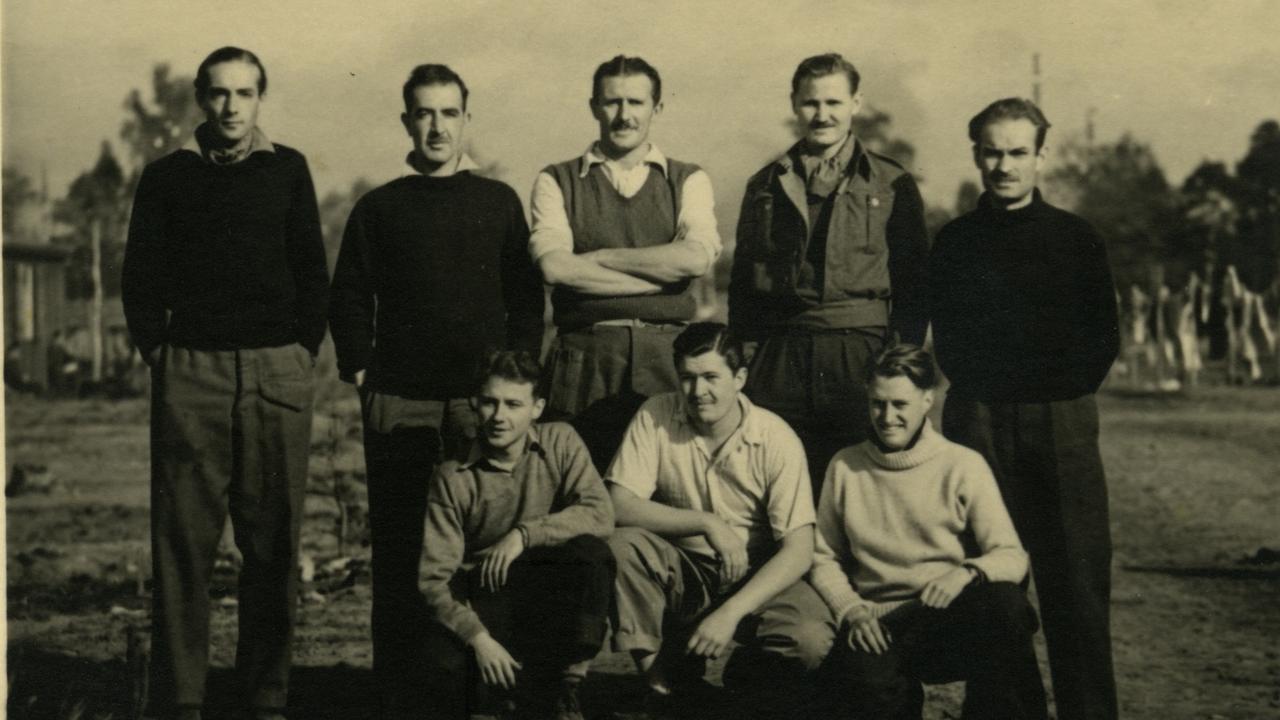
THE GREAT ESCAPE
The breakout involved months of work digging secret tunnels, preparing escape kits and plotting routes, before 76 men crawled under the wire on the night of 24/25 March, 1944.
The legendary breakout became famous as the Great Escape and inspired the 1963 Hollywood classic film of the same name starring Steve McQueen and Richard Attenborough.
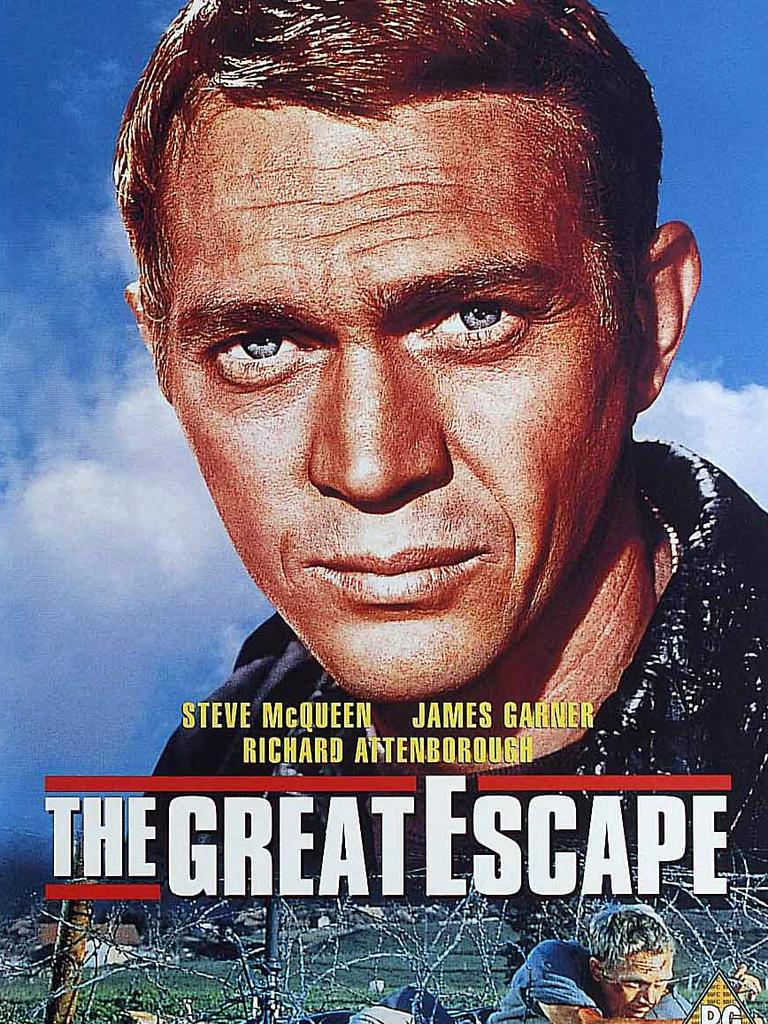
But despite the daring escape, most of the 76 men were recaptured by the Nazis as they attempted to flee Germany – with just three making it to freedom.
Hitler was furious that so many prisoners had escaped and ordered the execution of 50 of the recaptured men. But the Nazis covered up the Führer’s order by claiming the escapees were shot as they ran from the camp.

THE AUSSIE HEROS WHO DARED TO BREAKOUT
Historian and author of Kriegies: The Australian Airmen of Stalag Luft III, Kristen Alexander,
said the airmen saw it as their duty to attempt escape.
They knew that the manhunt for them would take German resources and attention away from the battlefield at a time when the Nazis were on the backfoot in the war. Dr Alexander said it was important today’s Aussies “honour their beliefs that the enterprise was worthwhile”.
Out of the 76 prisoners of war that escaped Stalag Luft III in March 1944, the six Australians were Reg Kierath, Albert Hake, Tom Leigh, John Williams, James Catanach and Paul Royle.
Sadly all but Paul Royle were executed after the breakout.
Squadron Leader John Williams, a Manly surfer before the war, became a decorated fighter pilot and was a carpenter in the construction of the escape tunnels. His mate and fellow fighter man Flight Lieutenant Reg “Rusty” Kierath had come from Narromine, while Sydney Spitfire pilot Warrant Officer Albert Hake had been married just a few months before he was sent overseas to action. Waverley-born Flight Lieutenant Tom Leigh was the rear gunner in a Halifax bomber, and 22-year old James Catanach was a high-achieving Geelong Grammar student who had become the RAAF’s youngest squadron leader.
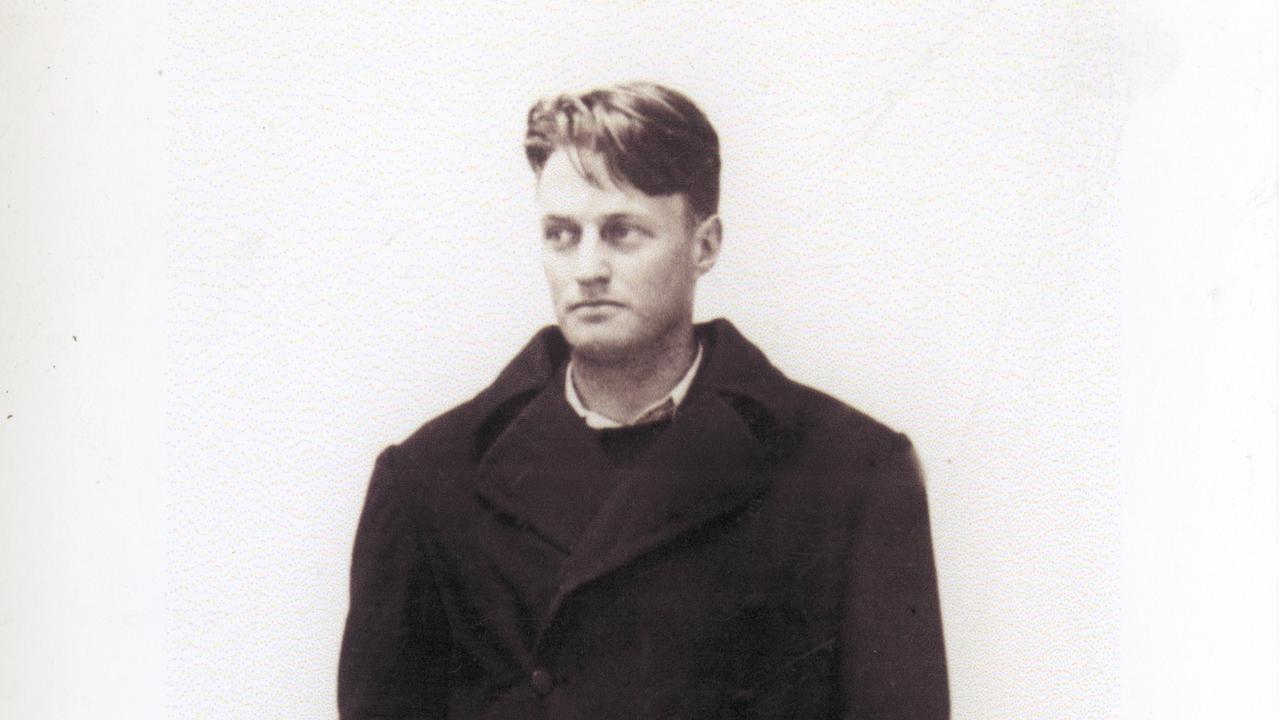
James Catanach had been awarded the Distinguished Flying Cross for his exploits flying Hampden bombers, including a mission in September 1942, when he managed to save his crew by landing the struggling plane on the Norwegian shoreline instead of in the freezing Arctic waters after it was hit by fire.
There were 351 Australians held at Stalag Luft III, still more at other camps, among many thousands of Allied prisoners.
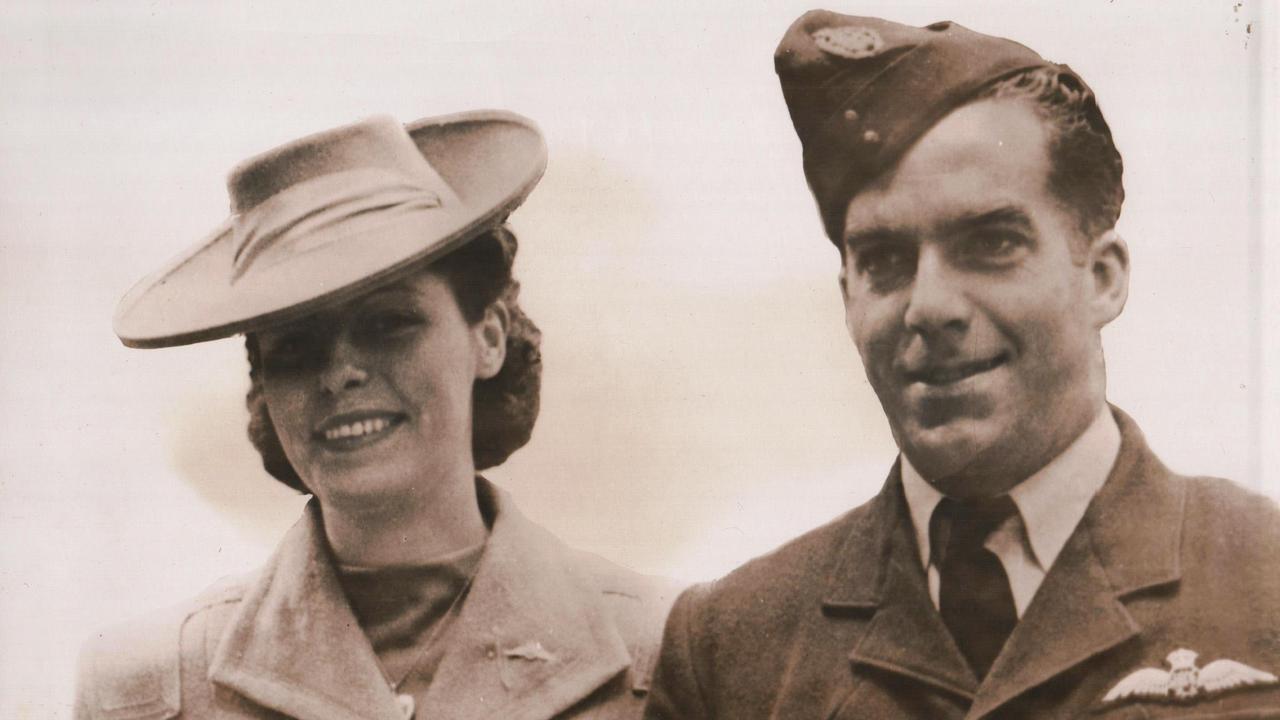
THE LAST POST
Following the 80th anniversary of the Great Escape over the weekend, James’ experience was the focus of commemoration at Monday’s Australian War Memorial’s daily Last Post ceremony, where the stories of Australia’s 103,000 fallen are told and honoured at 4.30pm each day.
Preparing for James’ Last Post, the Australian War Memorial director Matt Anderson said: “James’ story is a reminder that ordinary Australians are capable of extraordinary deeds”. “There are 103,000 unique stories on our roll of honour and many times when I hear their story at our Last Post Ceremony I look at the family of the veteran,” Mr Anderson said. “And most often, my mind turns to those who are not there. Those who never came into being because the soldier, sailor or aviator never made it home.
“Like many servicemen, James died so young that he did not have children. The family coming on Monday are not his children and grandchildren but his nephews and nieces and their children. So what I imagine during these ceremonies are his direct descendants who are not there because they were never born. They are as lost to us as he was lost to Australia.”
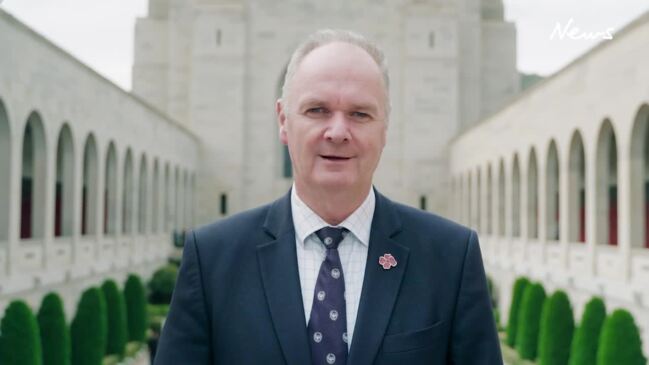
POLL
GLOSSARY
- Nazis: the German army led by Adolf Hitler in World War II, responsible for the Holocaust and the deaths of about 17 million people
- distraught: overcome with grief
- Gestapo: Nazi Germany’s secret police
- Führer: a German word meaning leader or guide that was used by the Nazis to refer to Hitler when he was in power
- Allied: the countries who fought against the Nazis and the Axis powers, including Australia, the UK, the US, the Soviet Union and China
- veteran: someone who has fought in a war
- aviator: a pilot
- airmen: fighter pilots
EXTRA READING
UN votes for Gaza ceasefire
100-year-old WWII digger delights school kids
Aussie soldiers’ bravery awards
QUICK QUIZ
1. Why did Elly Koester write to the grieving mother of fallen airman James Catanach?
2. Why did the captured airmen imprisoned at Stalag Luft III see it as their duty to attempt escape?
3. What preparation went into the Great Escape?
4. How many escapees were executed by the Gestapo after they were recaptured?
5. How many fallen Australians are being remembered through the Australian War Memorial’s daily Last Post ceremonies?
LISTEN TO THIS STORY
CLASSROOM ACTIVITIES
Letter from the grave
If you were Amanda Catanach, the great niece of executed prisoner of war James Catanach, how would you respond to the letter from his executor’s sister?
You could be writing to the descendants of that family from your family.
What would you say? Could you offer forgiveness? What would you like them to know about James Catanach?
Sometimes writing these words brings the family a sense of relief or closure.
Draft your letter below.
Time: allow 30 minutes to complete this activity
Curriculum Links: English, History, Personal and Social, Critical and Creative Thinking
2. Extension
When planning this great escape, do you believe these captured airmen had hope of freedom or were willing to give anything a go?
Would their lives have been more protected staying in a prisoner of war camp or trying to escape? What would you advise your family member?
Time: allow 15 minutes to complete this activity
Curriculum Links: English, History, Personal and Social, Critical and Creative Thinking
VCOP ACTIVITY
Summarise the article
A summary can be a really good way to grab the main idea plus some key points in the article as a highlight. Think of the summary like a little advertisement or extract you could use to encourage people to read the article in detail. You want to give them an overview of the article that includes the main idea (being able to tell the audience what the article is about in one sentence), plus a few of the key points of the information.
Remember to re-read your summary to check that it is clear, concise and makes sense to the audience who haven’t read the article yet. You need to make language choices that allow you to explain the information in only a few sentences.

